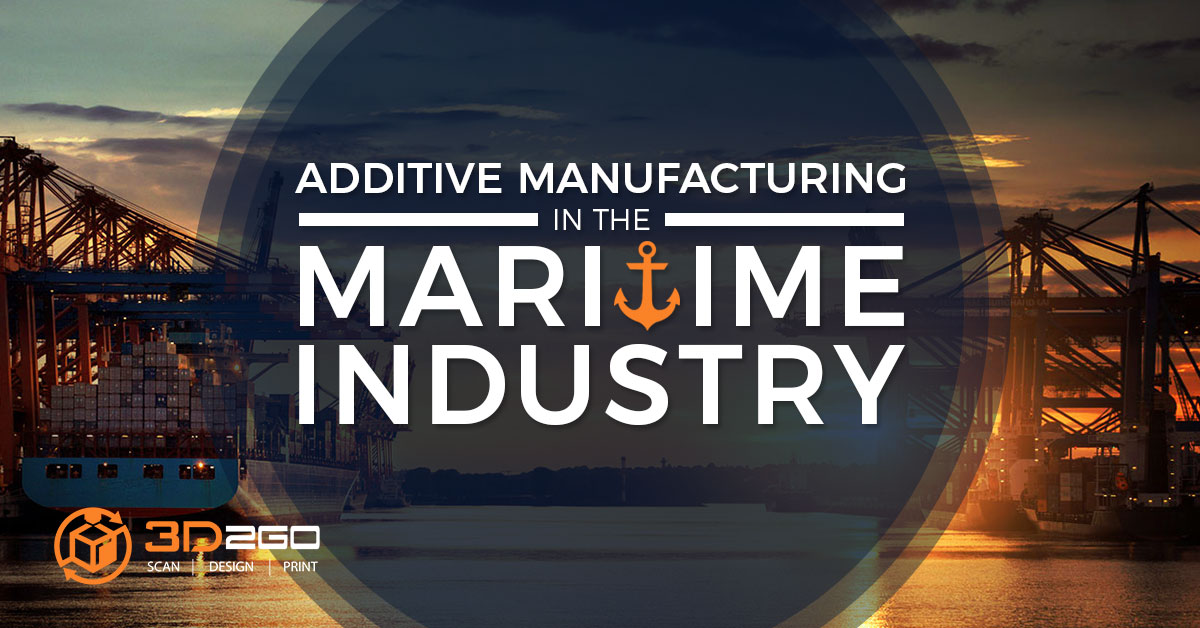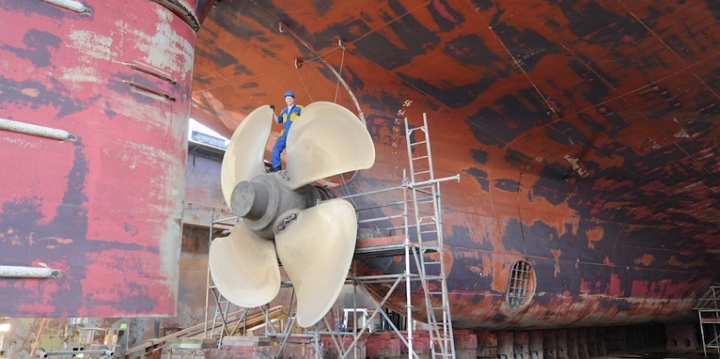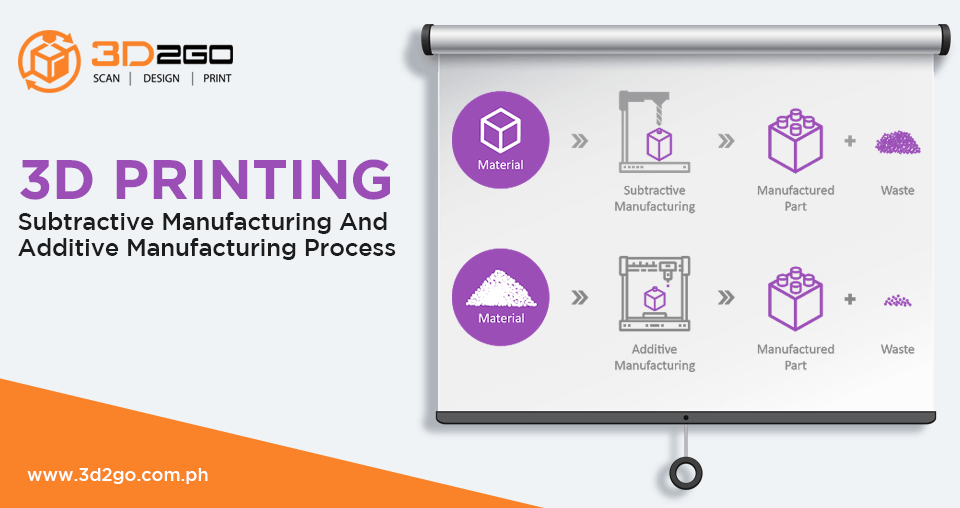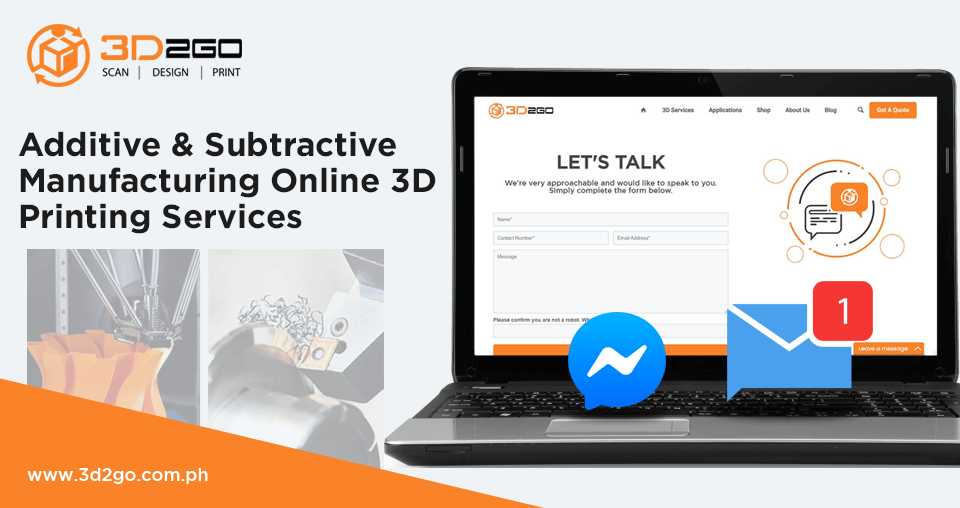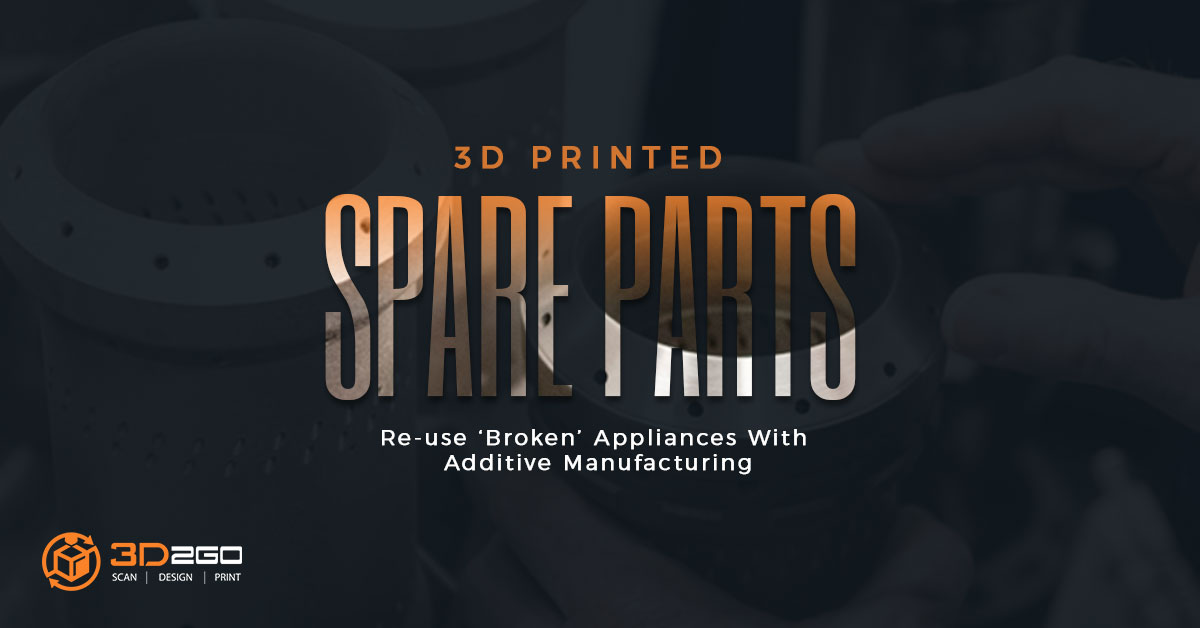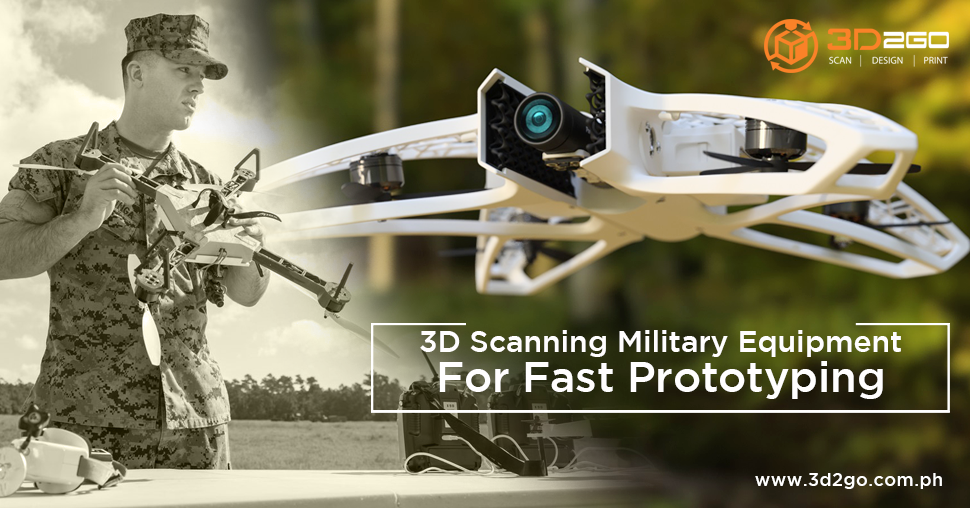
3D Scanning In The Military: Reverse Engineering And Prototyping
June 21, 2022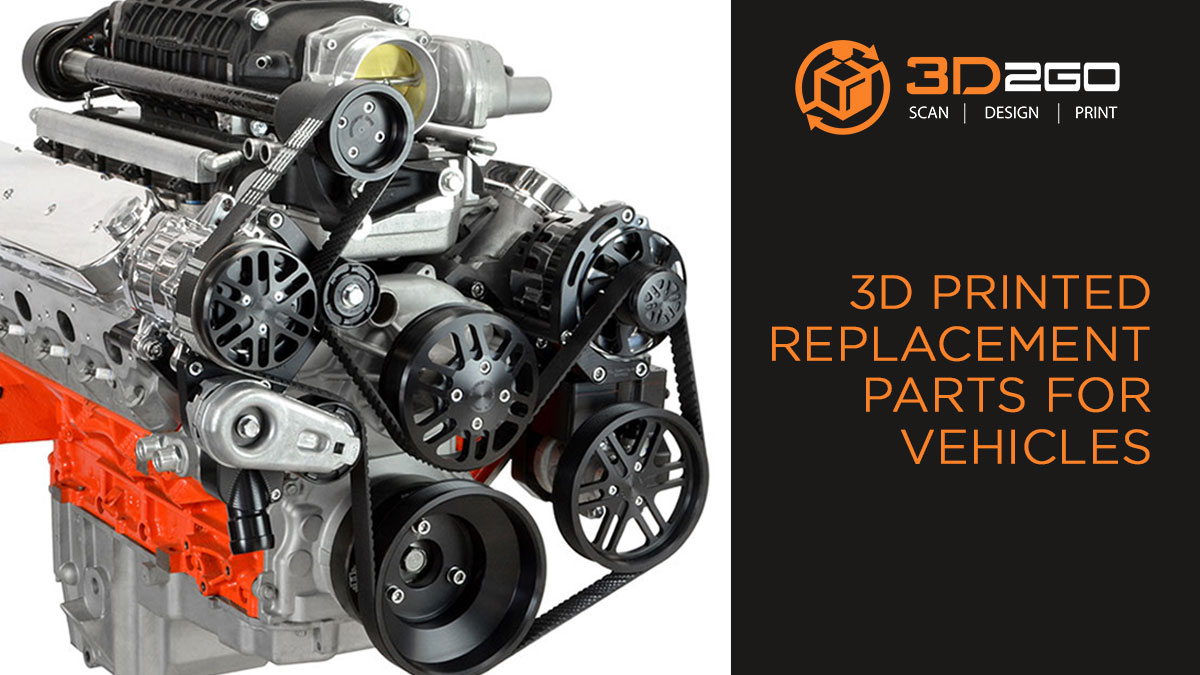
How 3D Printing Parts Replacement for Vehicles will Revolutionize Automotive Industry
June 22, 2022The maritime industry has been in existence for centuries already. People from different parts of the world have been using the vast seas to trade commodities since the olden times. Based solely on the structure of this industry, it is easy to recognize its substantial gains from a modern technology like 3D printing.
For one, the maritime industry mainly involves the import and export of goods and services using the waterways, from the shortest straights to the biggest oceans. Back then, when something is acting up, repair and replacement are not the easiest thing to do, because out there in the world’s biggest bodies of water, mariners don’t have that much luxury.
However, cargo ships are now required to have stocks and stocks of repair parts onboard in case something happens. But in an industry as complex as the maritime industry where hydrodynamics, arctic technology, propeller design, and many other things play a major role, 3D printing is a sure fit. It is the answer to parts and components that are hard to manufacture and assemble, case in point are modern propulsion systems.
3D Printing ABS Plastic
The traditional way of producing a ship rudder in plastic is laborious work. Normally, the whole process takes two to three weeks to complete. But when you are 3D printing ABS plastic, it gets easier. Thus, producing a 3D-printed maritime component faster and more efficiently. After cleaning, it is ready for final assembly.
In itself, 3D printing ABS plastic can get really frustrating. There may be times when the prints would come out somewhat warped. To keep this from happening, 3D printers should always be well-calibrated and operated only by reliable professionals with years of experience.
Meeting the Demands of the Maritime Industry
That is about how beneficial 3D printing is to the maritime industry. Imagine all the time, costs, and labor that can be saved. Imagine all the problems in business and operations that can be addressed more easily and efficiently. It is one thing to encounter challenges in business, and it’s another to face them when you are literally in the middle of nowhere.
In addition, 3D printing components costs less than traditional methods. This is most evident in creating parts with complex designs. The more intricate the design, the more challenging it can get. But we all know that this is not an issue with 3D printing.
As we speak, design studies aimed at producing maritime components for modern cargo vessels are being conducted. New structural designs are being developed using shape generation algorithms and topography maximization. These innovative designs are expected to reduce the weight of the parts and effectively increase the speed of the vessels.


